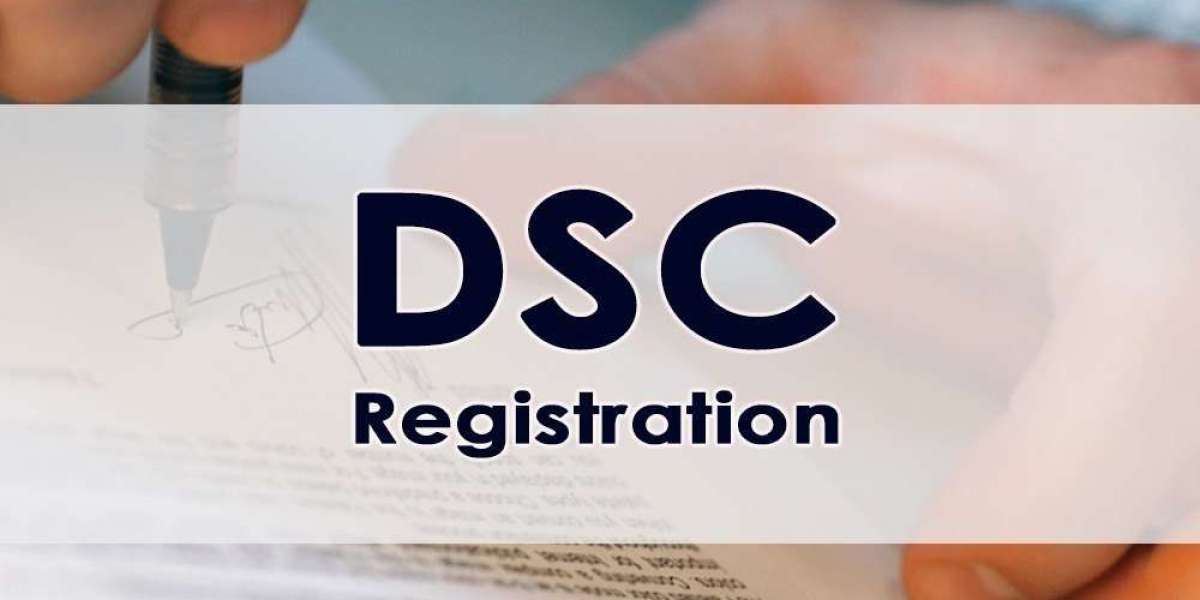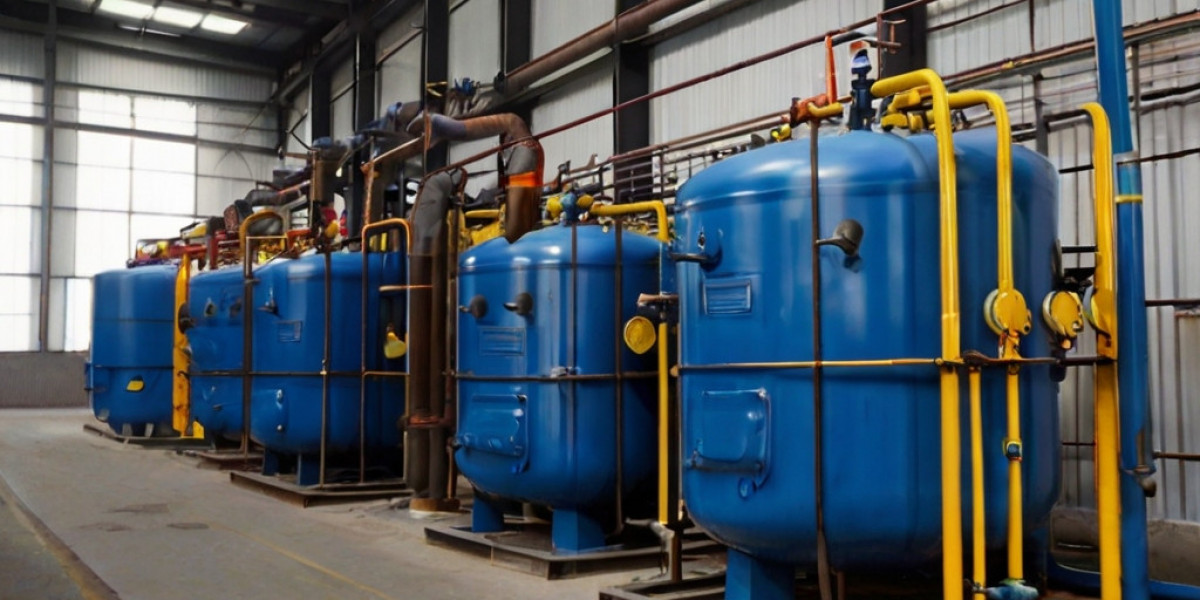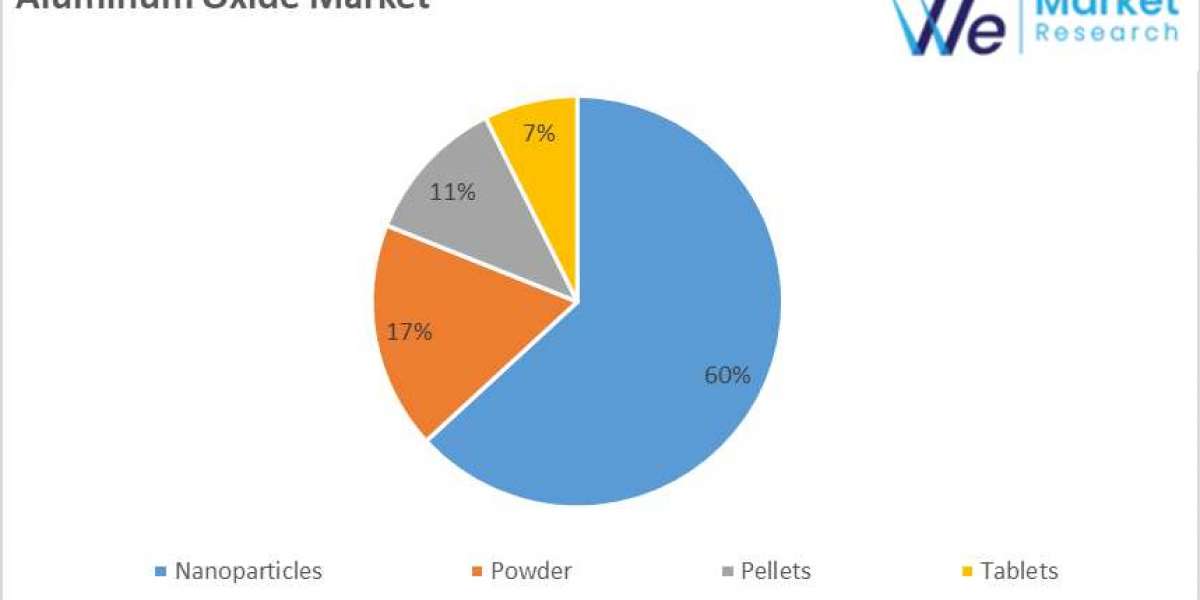MSME registration is essential for small and medium enterprises in India to unlock benefits like easy access to loans, government schemes, and tax incentives. If you're planning to set up a business or need assistance with the registration process, Deeksha Khurana from Taxlegit is here to help. She is a trusted consultant specializing in MSME registration, sole proprietorship registration, and DSC registration.
What is MSME Registration?
MSME stands for Micro, Small, and Medium Enterprises. This registration helps businesses avail benefits under the MSME Act, 2006. MSMEs get priority sector lending from banks, financial assistance, and easier access to government tenders. It also simplifies the process of obtaining loans and tax rebates.
Steps for MSME Registration
- Determine Your Business Category
Before applying for MSME registration, identify whether your business qualifies as a micro, small, or medium enterprise. The classification depends on the investment in machinery and equipment and the turnover of the business. - Prepare the Required Documents
To start the MSME registration process, you need a few essential documents: - Aadhar card (for individuals)
- PAN card of the business owner
- Business address proof
- Bank details
- GSTIN (if applicable)
- Register on the Udyam Portal
MSME registration is done online via the Udyam portal. Visit the official website and create an account. Fill in the required details such as business type, investment, turnover, and bank details. - Fill Out the MSME Registration Form
Provide accurate information in the registration form. You’ll need to mention whether you are applying for sole proprietorship registration, partnership, LLP, or any other business structure. The Udyam portal is easy to navigate, and the form is self-explanatory. - Submit Documents for MSME Registration
After filling out the form, upload the necessary documents. Ensure the information matches the documents you’ve provided, as discrepancies may delay the process. - Verify Your Details
The next step involves verifying your details. You’ll receive an OTP (One Time Password) on your registered mobile number. Enter this OTP to confirm your application. - Get the Registration Certificate
Once your application is processed, you will receive your MSME registration certificate. This certificate is valid for life, but you need to update it if there are any changes to your business.
Sole Proprietorship Registration
If you're a sole trader, you may need to apply for sole proprietorship registration. This type of registration is suitable for individuals running a one-person business. It offers several benefits like simple compliance and fewer formalities. If you are unsure whether MSME registration is suitable for your business structure, Deeksha Khurana can guide you through the process.
DSC Registration Fees
For MSME registration, you may need to use a Digital Signature Certificate (DSC) in certain cases, especially if you are submitting documents online. The DSC registration fees vary depending on the certifying authority and the validity period. Typically, it costs around INR 1,000 to INR 1,500 for a one-year certificate.
Why Choose Taxlegit?
Deeksha Khurana at Taxlegit is a seasoned expert in MSME registration and can provide you with comprehensive support throughout the process. Whether it’s MSME registration, sole proprietorship registration, or llp registration, she ensures a seamless experience. Taxlegit offers transparent pricing, timely consultation, and detailed advice to make sure your business stays compliant.








